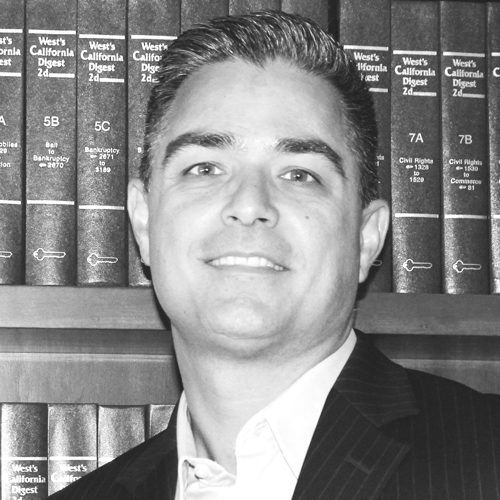As the CFO of Henry Mayo Newhall Hospital, Bob Hudson is spearheading a major expansion of services available to the Santa Clarita Valley community in California. Already home to an advanced primary stroke center, a vital community cancer program, and an acclaimed breast imaging center, Henry Mayo is constructing a six-story patient tower that will expand capacity by 140 beds.
But an expansion such as this doesn’t happen overnight. Hudson is overseeing the financing of the project as the completion of a fifteen-year master plan that’s been in the works since he joined Henry Mayo in 2001. In the years prior, though, Hudson gained some surprising experiences that proved useful for hospital expansion in ways one wouldn’t expect.
For instance, Hudson, as a CFO, once had to shut down two hospitals out of a group of three in order to build up the remaining hospital. “The business wind-down was quite an experience,” Hudson says. “I think having gone through that helped prepare me for this turnaround I was able to participate in here because I saw some of their problems. I hope I was able to avoid some of those.”
When Hudson came to Henry Mayo, the hospital certainly had its share of problems. Chief among them, the Santa Clarita Valley’s only hospital had felt the effects of a 1994 earthquake for years, taking on millions in debt to cover the repairs. By 2000, the hospital was reported to be more than $38 million in debt. After joining the hospital in 2001, Hudson took the hospital into bankruptcy a year later. It eventually emerged in 2003 with a four-year reorganization plan and agreement to completely pay all of its creditors.
So how did a hospital so deep in debt manage not only to stay open, but dramatically increase capacity and even open a brand new health and fitness center? As Hudson learned, the key is learning to grow in a controlled manner. Sometimes, this means saying no to certain kinds of growth in order to focus on others.
“It’s hard. Sometimes you say no because it’s just not the right time or financially it doesn’t make sense,” Hudson explains. “A certain type of service may need to be at a tertiary level facility or a specialty hospital because we’d never have enough volume to be able to keep the skill sets of our nurses, therapists, technicians, and doctors. So, even though everyone wants it, you have to say no because it’s not the right thing to do for the community.”
Hudson hasn’t just been on the hospital administrator’s side of this kind of situation. He once attempted to start his own business, researching and developing alternative therapies for chronically ill patients. Hudson and his business partner aimed to simultaneously reduce chronic pain, reduce the cost of chronic illness, and improve patients’ quality of life. Although pain control, meditation, and journaling have since become common in palliative care, Hudson found that his efforts were about thirty years early. While the experience was educational, the answer at that time had to be no. But his most important job, Hudson says, is trying to figure out a way to say yes to difficult, yet important factors.
“As I was lying in the cath lab having an angioplasty, I was talking to the staff and the doctors, and I thought, ‘You know, I’m awfully glad I helped build this place.’”
The Henry Mayo CFO can point to a long list of items he’s been able to say yes to in his time at the hospital, including a neonatal intensive care unit, open heart surgery, a cardiac catheterization laboratory, and significant expansions to the hospital’s emergency room, operating rooms, and intensive care unit. The clinic even opened a nationally recognized breast imaging, surgery, and treatment center.
However, even after one manages to say yes, there are still stressors and obstacles before accomplishing growth. There are financials, external relations, audit committees, and frequently changing Medicare and state healthcare regulations to keep up with, for example. Compliance presents a major task, but Hudson finds that keeping up is a matter of hiring, educating, supporting, and leading his employees.
His main advice to people who want to lead is to not micromanage employees. “Often, the boss syndrome wants people to be the boss. I’m more of a conductor,” he says. “I don’t like to boss anybody. You hire good people, give them opportunity, and let them do their job.”
While the challenges of the job can take a toll, Hudson has found the results of his work worthwhile. He aims to have the new patient tower completed by 2019 and is working on increasing the hospital’s bond rating. Keeping up with regulation, while a challenge, has certainly paid off, as Hudson has experienced it firsthand. After a minor stress-related heart attack, he found himself being treated at Henry Mayo.
“As I was lying in the cath lab having an angioplasty, I was talking to the staff and the doctors, and I thought, ‘You know, I’m awfully glad I helped build this place, ’” he says.

